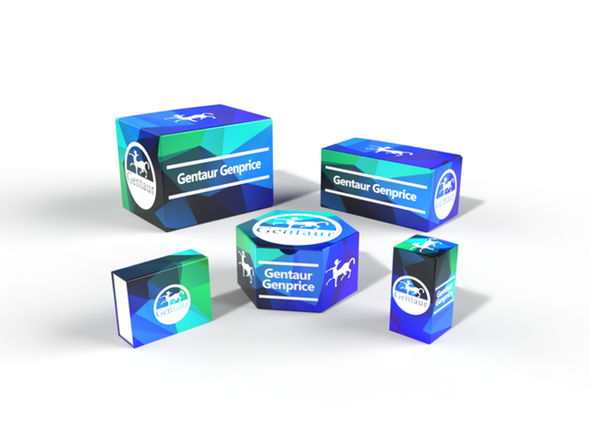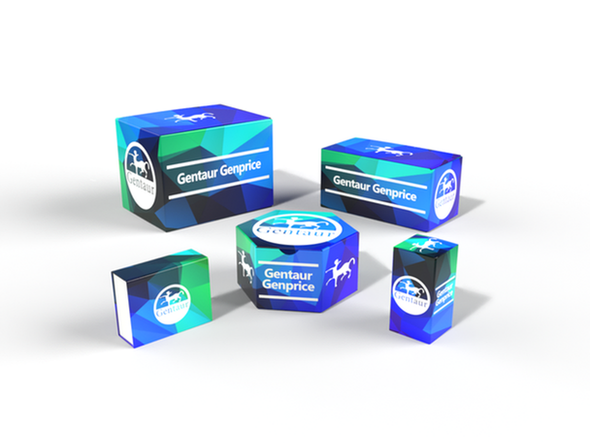Description
MDM1 Antibody | 26-405 | Gentaur UK, US & Europe Distribution
Host: Rabbit
Reactivity: Human, Mouse
Homology: N/A
Immunogen: Antibody produced in rabbits immunized with a synthetic peptide corresponding a region of human MDM1.
Research Area: Membrane
Tested Application: E, WB
Application: MDM1 antibody can be used for detection of MDM1 by ELISA at 1:1562500. MDM1 antibody can be used for detection of MDM1 by western blot at 1 μg/mL, and HRP conjugated secondary antibody should be diluted 1:50, 000 - 100, 000.
Specificiy: N/A
Positive Control 1: Cat. No. 1205 - Jurkat Cell Lysate
Positive Control 2: N/A
Positive Control 3: N/A
Positive Control 4: N/A
Positive Control 5: N/A
Positive Control 6: N/A
Molecular Weight: 25 kDa
Validation: N/A
Isoform: N/A
Purification: Antibody is purified by peptide affinity chromatography method.
Clonality: Polyclonal
Clone: N/A
Isotype: N/A
Conjugate: Unconjugated
Physical State: Liquid
Buffer: Purified antibody supplied in 1x PBS buffer with 0.09% (w/v) sodium azide and 2% sucrose.
Concentration: batch dependent
Storage Condition: For short periods of storage (days) store at 4˚C. For longer periods of storage, store MDM1 antibody at -20˚C. As with any antibody avoid repeat freeze-thaw cycles.
Alternate Name: MDM1,
User Note: Optimal dilutions for each application to be determined by the researcher.
BACKGROUND: MDM1 is a nuclear protein similar to the mouse double minute 1 protein. The mouse gene is located in double minute (DM) chromatin particles and is amplified in the mouse transformed 3T3 cell line, and the protein is able to bind to p53. This gene encodes a nuclear protein similar to the mouse double minute 1 protein. The mouse gene is located in double minute (DM) chromatin particles and is amplified in the mouse transformed 3T3 cell line, and the protein is able to bind to p53. In mouse several transcripts have been described for this gene which result from alternative polyadenylation, splicing and exon usage.






